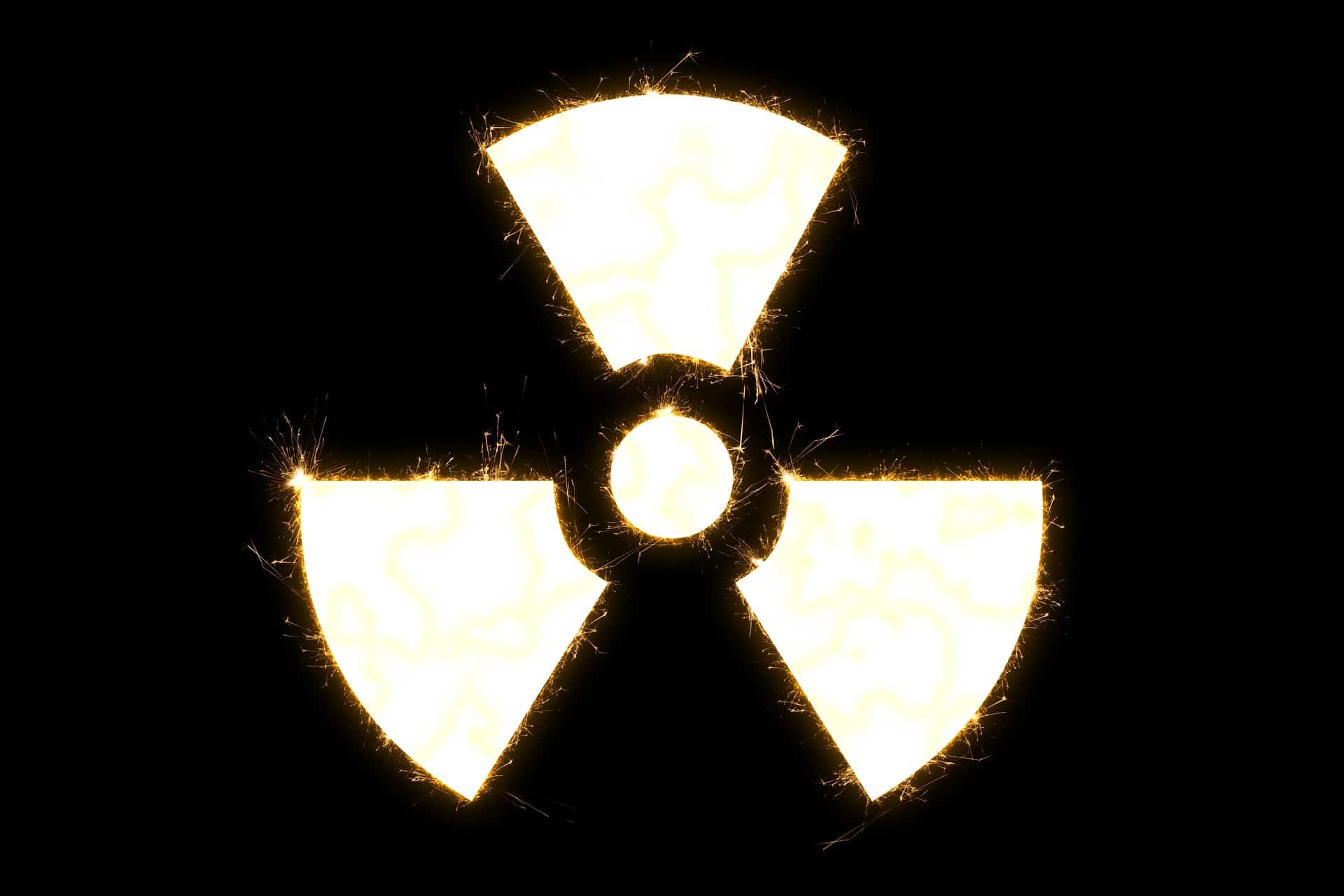-
The UN nuclear watchdog also claimed its enriched uranium stockpile was 16 times over the limit
-
These are the first substantive reports since Iran suspended some inspections in February
UN nuclear watchdog International Atomic Energy Agency on Monday, May 31,issued two reports in which it claimed Iran had not given clear answers to queries over its possible undeclared nuclear activity, and that its enriched uranium stockpile was 16 times over the limit.
According to Bloomberg, IAEA inspectors said in one of those reports that there were 15 Iraqi sites where they could “no longer do their job” and were unable to monitor some parts of the uranium fuel cycle.
These are the first substantive reports since Iran suspended some inspections in February.
Last week the IAEA said it had extended a temporary agreement with Iran until June 24, which allowed many inspections to continue.
The report said IAEA director general Rafael Grossi was “concerned that the technical discussions between the agency and Iran have not yielded the expected results,” referring to exchanges on the sites where undeclared nuclear activity may have occurred.
The conclusion comes despite a “proactive and focused effort” launched by the IAEA in April “to break the impasse” over the sites.
The IAEA said the results of its inspection work have established “a clear indication that nuclear material and/or equipment contaminated by nuclear material has been present” at three undeclared locations, with most of the activity in question dating back to the early 2000s.
The agency also said Iran has failed to answer questions regarding a fourth site where natural uranium may have been present between 2002 and 2003 in the form of a metal disc.
Iran and world powers are engaged in talks in Vienna to rescue the 2015 nuclear deal after former US president Donald Trump walked away from it in 2018 and reimposed crippling sanctions on Tehran.Trump’s successor Joe Biden has signaled his willingness to revive the plan.
For this to happen, the US would need to return to the accord and lift the sanctions reinstated by Trump while Tehran would have to recommit to full compliance with nuclear obligations it progressively withdrew from since 2019.
In a separate report, the IAEA said Iran’s stockpile of enriched uranium is around 16 times the limit laid down in the 2015 deal with world powers.
It gave an estimate of a stockpile of 3,241 kg, but said that it was not able to verify the total.The limit laid down in the 2015 deal was 300 kg of uranium in a particular compound form, the equivalent of 202.8 kg of uranium.
A senior diplomat with knowledge of the issue said while the suspension of some inspections meant the IAEA could not give precise figures for the stockpile, its level of access to declared sites has not been greatly reduced and its stockpile estimate would still be accurate to within a few percentage points.
The rate of production of enriched uranium has slowed since the last quarterly report from the IAEA in February.
In April, Iran said a “small explosion” had hit its Natanz nuclear facility, an act that Tehran branded “sabotage” by its arch-foe Israel.
In Monday’s report, the IAEA estimated 62.8 kg of the uranium stockpile had been enriched up to 20 percent and 2.4 kg up to 60 percent. Under the 2015 deal, the enrichment level was meant to be capped at 3.67 percent, well below the 90 percent purity needed for a nuclear weapon.
The latest report will be presented to the IAEA’s board of governors next week.The current reports could renew calls for a formal censure of Iran at that meeting.
That could very well cause US-Iranian talks in Vienna over reviving the Iran nuclear deal to break down, but it is unclear whether the US and European powers would go that far. Even if the IAEA falls short of a censure, how Iran responds — and how international powers respond — to the IAEA report could affect Iran’s willingness to offer concessions.
Talks to restore the 2015 deal are taking place in Vienna as Iran prepares for presidential elections on June 18.
The press had widely predicted a showdown between ultraconservative judiciary chief Ebrahim Raisi and moderate conservative Ali Larijani, a key domestic backer of the 2015 deal.However, last week Larijani was barred from standing.

